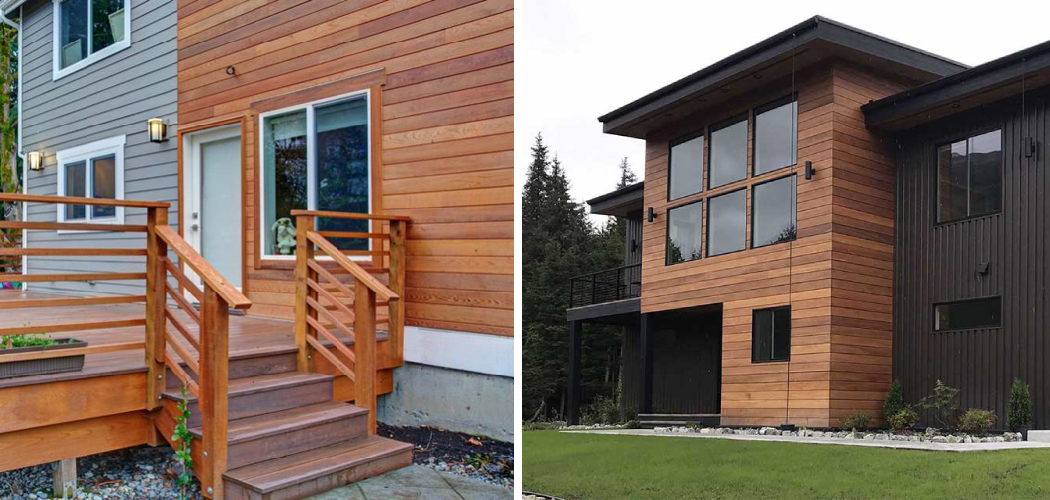Are you looking to spruce up your home with a classic, timeless design? Installing wood siding on your house can help you achieve your desired look. Here is a step-by-step guide on how to install wood siding on a house.
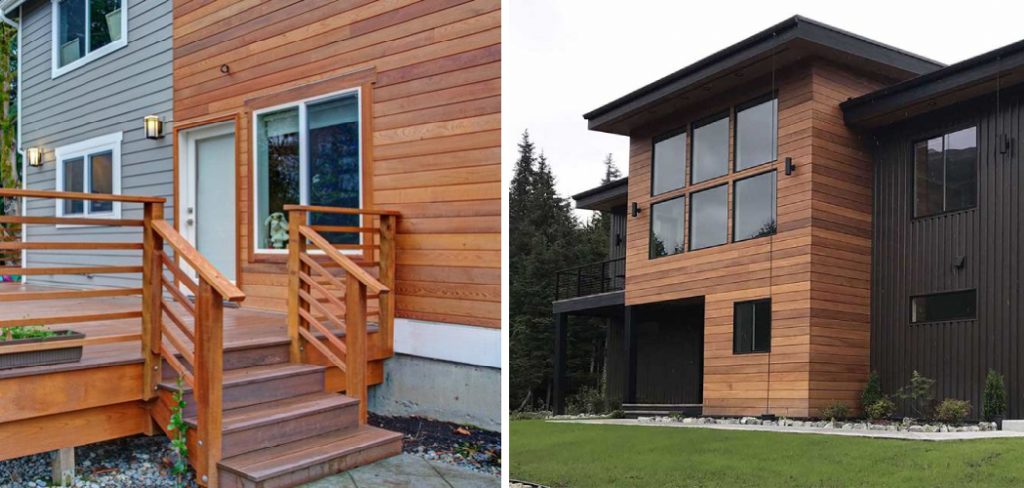
Installing wood siding on the house is a rewarding and cost-effective way to give your home an instant upgrade. In addition to being aesthetically pleasing, wood siding can reduce the energy it takes for your home to keep cool in the summer and warm in the winter. While installing wood siding may seem daunting initially, it doesn’t have to be! You can easily learn how to install wood siding with simple instructions and basic tools.
Read more below for step-by-step instructions on installing new wood siding on your house today!
What Is the Importance of Having Wood Siding?
The biggest advantage of having wood siding on your house is that it provides superior insulation. By providing an extra layer of protection over the outside of your home, you can keep out hot and cold air better than with other materials. Wood siding also helps to protect against insects, which can be a big problem in many homes. Also, wood siding can provide your house a classic and timeless look, increasing its value significantly.
What Materials Do I Need for Installing Wood Siding?
Before you start installing wood siding on your house, there are some materials that you need to have first. You will need:
- Wood siding boards of your choice
- A power drill or circular saw
- Caulking gun
- Stainless steel nails or screws (depending on what type of siding you choose)
Also, ensure you have safety glasses and gloves to protect yourself while working with tools.
10 Easy Steps on How to Install Wood Siding on a House
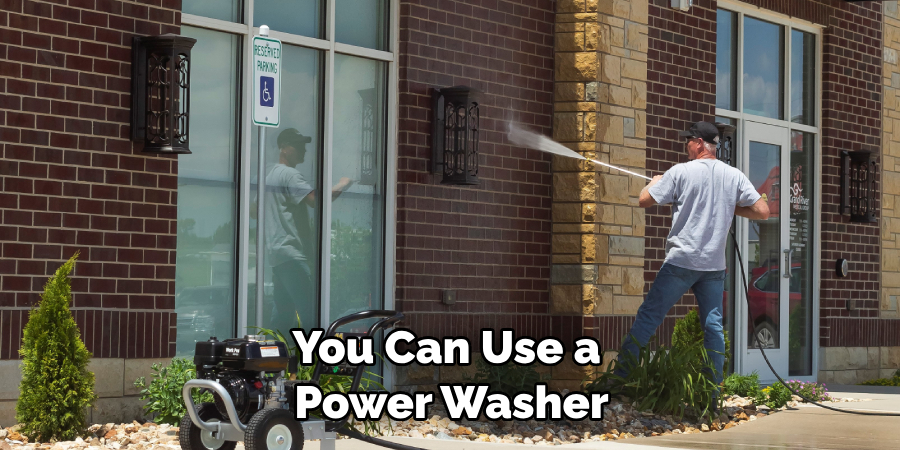
Once you’ve got all the materials that you need, follow these steps to install your wood siding on a house.
Step 1. Prepare the Area:
Make sure the area of your house where you want to install the wood siding is clean and clear. You can use a power washer to make sure there is no dirt or debris. Additionally, make sure to repair any cracks in the wall that may exist.
Step 2. Measure and Cut:
Measure out each piece of wood siding you need for your house and then cut them with a circular saw or power drill. Be careful to ensure the pieces are cut accurately so they fit into your wall properly. If they’re not, you may have to start over.
Step 3. Mark Position:
Mark the positions where each piece of siding will go on the wall with a pencil or marker. This will ensure that everything is lined up correctly when installed. Ensure that the pieces are level and straight before moving on to the next step.
Step 4: Attach with Nails/Screws:
Once the pieces are marked, use either nails or screws to attach them to the wall. Make sure they are securely fastened so there won’t be any gaps between the boards and the wall. Otherwise, the siding won’t look as good.
Step 5: Caulk the Edges:
Once the pieces are attached, caulk all the edges to seal them and prevent water from infiltrating. Be sure to thoroughly review the edges to ensure no gaps are left uncovered. Try not to use too much caulk because it can create a mess.
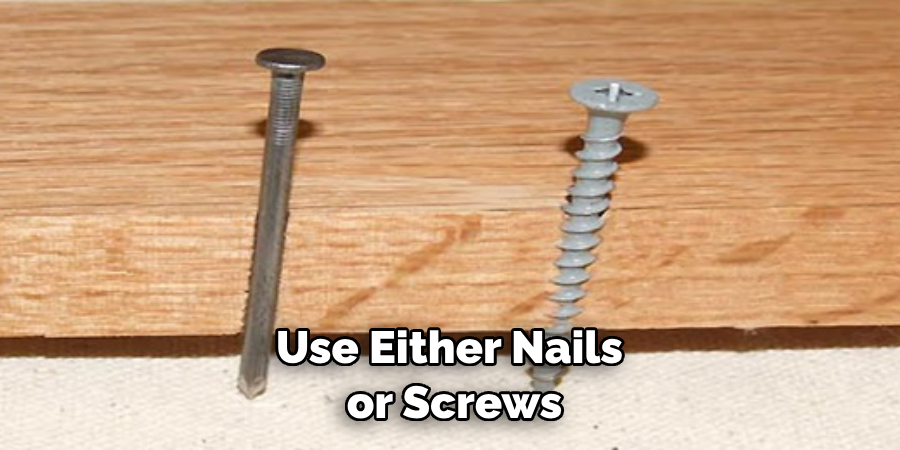
Step 6: Apply Stain/Paint:
Once you have caulked all the pieces, it’s time to apply the stain or paint you choose. This is where you can really customize and bring out the beauty of your wood siding. Ensure you use a high-quality product that lasts for years – not just months!
Step 7: Clean Up:
Once finished, be sure to clean up any sawdust, nails, or screws that may have been left behind during installation. This will help keep your siding looking its best and last long. Use a damp cloth to wipe away any dust or debris.
Step 8: Inspect the Siding:
Once everything is cleaned up, inspect the siding to ensure it is installed properly. Look for any gaps or cracks that may have been missed during installation. If you find any, fill them in with caulk before moving on to the next step.
Step 9: Seal It Up:
Now that everything has been inspected and installed correctly use a sealant to ensure your wood siding will stay in place for years to come. This will also help protect it from water damage. Be sure to apply multiple coats of sealant if necessary.
Step 10: Enjoy Your New Wood Siding:
Now that you’ve finished installing your wood siding, it’s time to enjoy the new look of your house! With a bit of patience and some effort, you can install beautiful wood siding all by yourself – no experts are required. Enjoy the results for years to come!
Installing wood siding is a great way to update the exterior of your home affordably and effectively. Following this step-by-step guide will allow you to do just that. Have fun with it – good luck!
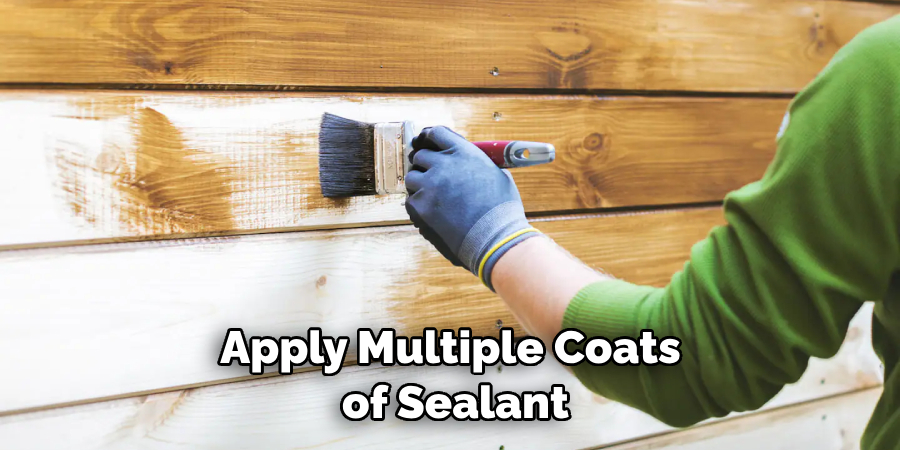
5 Additional Tips and Tricks
- Use corrosion-resistant nails or galvanized staples when installing wood siding. This will help the siding last longer and stay in good condition.
- Consider using treated lumber for better resistance to rot if you’re going to install your wood siding outdoors.
- Start from the bottom up when installing the siding, and make sure to leave gaps between each piece (about 1/8 of an inch).
- After the installation is complete, give it all a thorough coat of primer and paint to protect it from wear and tear as well as UV rays from direct sun exposure.
- Finally, inspect your work every once in a while once it’s installed—especially if you live in a humid climate—to make sure the wood siding is still in good condition and that there are no signs of damage or rot.
This will help you maintain your wood siding for many years to come.
5 Things You Should Avoid
- Avoid using wood screws when installing, as they may split and weaken the wood.
- Don’t use pressure-treated lumber outdoors, which could rust over time.
- Don’t use any siding boards that have warped or cracked, as these are more susceptible to water damage and rot.
- Avoid using nails that are too long, as they may go through the wood and cause problems later on down the line.
- Don’t forget to seal all joints with caulk or paintable silicone sealant to make sure your wood siding lasts longer and looks better for years to come.
Follow these tips and tricks when you install wood siding on your house for a beautiful, durable finish!
What Wood is Used for Siding?
The most popular type of wood used for siding is cedar. Cedar has natural oils that make it resistant to decay and rot, making it suitable for outdoor exposure. It also has a unique, eye-catching grain pattern that gives your home an attractive look. Other types of wood, such as redwood, pine, cypress, and spruce, are also commonly used for siding. Depending on where you live, some local species may also be available.
No matter what kind of wood you choose to install on your house, always buy high-quality boards from a reputable store or lumber yard to ensure longevity and good looks!
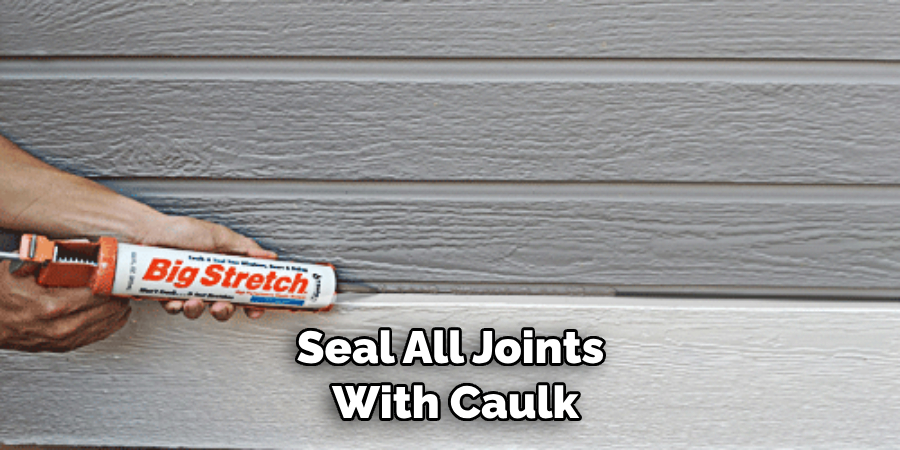
Additionally, when purchasing the wood for installation, consider any extra costs for finishing, such as sanding or staining. This will help you to get the best possible finish for your wood siding and ensure a long-lasting result.
Follow these tips and tricks when installing wood siding for a beautiful, durable finish! With a little preparation and planning, your wood siding will last many years and provide a beautiful finish to your home.
How Do You Protect Wood Siding?
To ensure that your wood siding lasts for many years, it’s important to maintain and protect the boards from wear and tear.
Keeping up with regular maintenance is key—inspect your siding every few months for signs of rot or decay and make sure to repair any damage as soon as possible. Additionally, you can apply a coat of paint or stain annually to protect the wood from water and UV damage. This will keep your wood siding looking beautiful for many years to come.
Another way to protect wood siding is to install a gutter system around your home, as this will help prevent rain and snow from collecting on the boards and causing damage over time. Trim any plants or trees too close to the house, as their roots can wreak havoc on your siding.
Following these steps will help keep your wood siding looking beautiful and in good condition for many years!
Conclusion
Congratulations! You have now come to the end of this guide and understand how to install wood siding on a house. With your newfound skills, you can provide professional-level wood siding at an affordable price. You can also ensure the job is done correctly, saving time and energy in the long run.
As a last reminder, always ensure you’re using new materials for each project. Used material is less reliable as it might contain rot or other damages that could weaken the security of your home. Furthermore, step back occasionally to check that everything looks level and straight so that you don’t have problems attaching the pieces.
With these tips in mind, you should be more than prepared for tackling your wood siding installation project!

